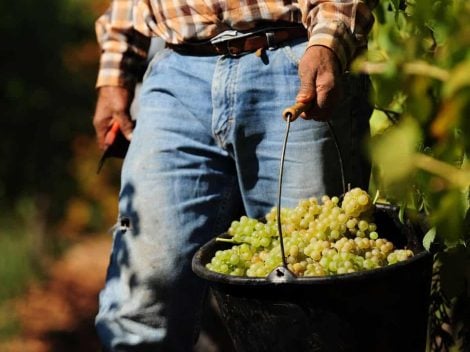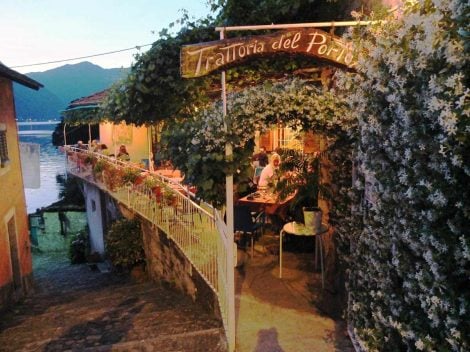At breakfast or as a snack, a drop of honey is ideal to enrich any sweet snack, without forgetting desserts with fruit, yogurt or fresh ricotta. For those looking for a vegetable alternative, however, the solutions are manifold: sweeteners derived from plants available on the market today are a growing number, all delicious and perfect for replacing honey in the preparation of desserts or as a tasty addition to any meal. Here are the main ones.
Maple syrup: the origins
A must on pancakes, always featured in American-themed media, maple syrup boasts an ancient history that is inextricably linked to Canada. It is no coincidence that the symbol on the national flag is a maple leaf, a tree that characterises the area and gives life to the most famous specialty of Canadian cuisine. In fact, the country produces 71% of maple syrup worldwide, mostly in Quebec, followed by other locations such as Ontario and New Brunswick. Today it is a product known all over the world but for a long time it was the exclusive prerogative of the local population: it is said that Native Americans already used the sweetener obtained from maple plants and discovered thanks to Woksis, chief of the Iroquois population living between the United States and Canada. Legend has it that the man threw his tomahawk - the traditional native weapon - against a tree in the middle of winter: the next day, when the sun had warmed the sap inside the plant, a sweet syrup came out of the hole, which gradually became part of the diet of the local population.
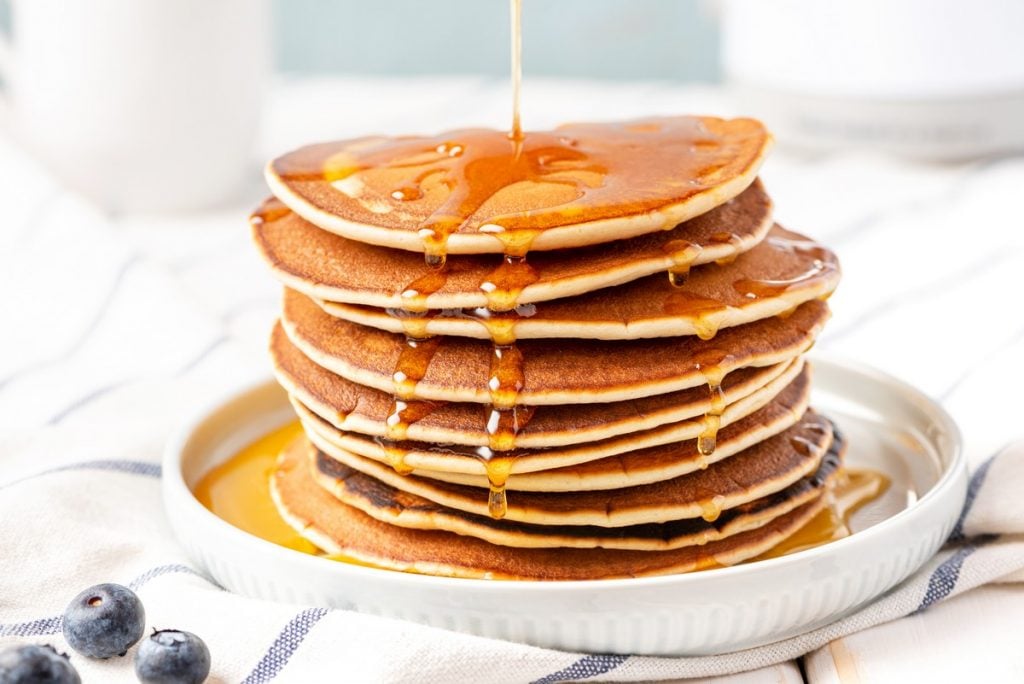
The production of maple syrup
Tales and myths aside, what is certain is that the first written record of the product dates back to 1609 and describes the process to create the syrup from the sap of the maple tree. Originally, the natives organised production around the trees, where they gathered the sap collected from the trunks into bottles and then boiled it by placing hot stones in contact with the containers. The first settlers of New England - which borders Quebec to the north - discovered the product and began to imitate it, creating a new system for collecting it: they pierced the trunk and inserted a wheat spike inside to let out the sap, which was collected in hollow logs used as containers. The sap then was boiled in iron basins. Then the production system changed again: as the syrup thickened, it was poured into another container, adding new sap and stirring constantly. Once crystallised, the syrup gave life to a granular sugar, which was used by the settlers as a commodity: in this way they no longer depended on sugar imports from the West Indies, and could invest the money saved in the local economy.
Maple syrup in Canada
Canada is to this day the main producer of maple syrup, which is made with industrial methods on a large scale but technically in the same way as always: it is a simple process of boiling the sap of the maple trees. The production area is called the Maple Belt and it's a fascinating deciduous forest that stretches from the central-western United States through Ontario, Quebec and New England, up to New Brunswick, Nova Scotia and Prince Edward Island. Small productions are also found in British Columbia, the westernmost province of Canada, and in Manitoba, an area famous for its prairies and the homonymous strong flour used in bread making.

Agave syrup, the Mexican sweetener
The Mexican cousin of maple syrup is agave syrup, a vegetable sweetener made from a plant typical of the area. Mainly, there are two varieties from which it is possible to obtain the product: the blue agave - famous for being used in the production of tequila - and the salmiana agave. In both cases, production starts from the core, which is heated and squeezed to obtain a juice which, once filtered, turns into a sweet liquid. In the past, it was said that the agave - a name derived from the Greek agavos, for illustrious - was a symbol of fertility and health: the plant was revered by the Aztecs and was associated with the goddess Mayaheul, protector of winds, rain and crops. There are certain sources that attest that the plant was already used as a food back then, but it is only from the 16th century that it arrived in Europe thanks to the Spanish colonists.
The birth of agave syrup
It was the Spaniards who discovered the other uses of the plant: short of brandy, towards the end of the 16th century, they began to experiment with new sugars, starting with the nectar of the wild agave plants of the Sierra Madre mountain range. That's when they found the blue agave variety, perfect for the preparation of tequila. In the 17th century, the aristocrat Don Pedro Sánchez de Tagle, unanimously considered the father of tequila, founded the first distillery, and by the end of the 19th century the cultivation of agave had become fundamental for the Mexican economy. In addition to tequila, however, agave is also useful in pastry, thanks to the sweet syrup which represents a perfect alternative for those who choose to follow a plant-based diet: it can also be used to replace sugar in recipes (better to halve the doses, because agave is much sweeter), or it can be added to yoghourt or pancakes for breakfast.
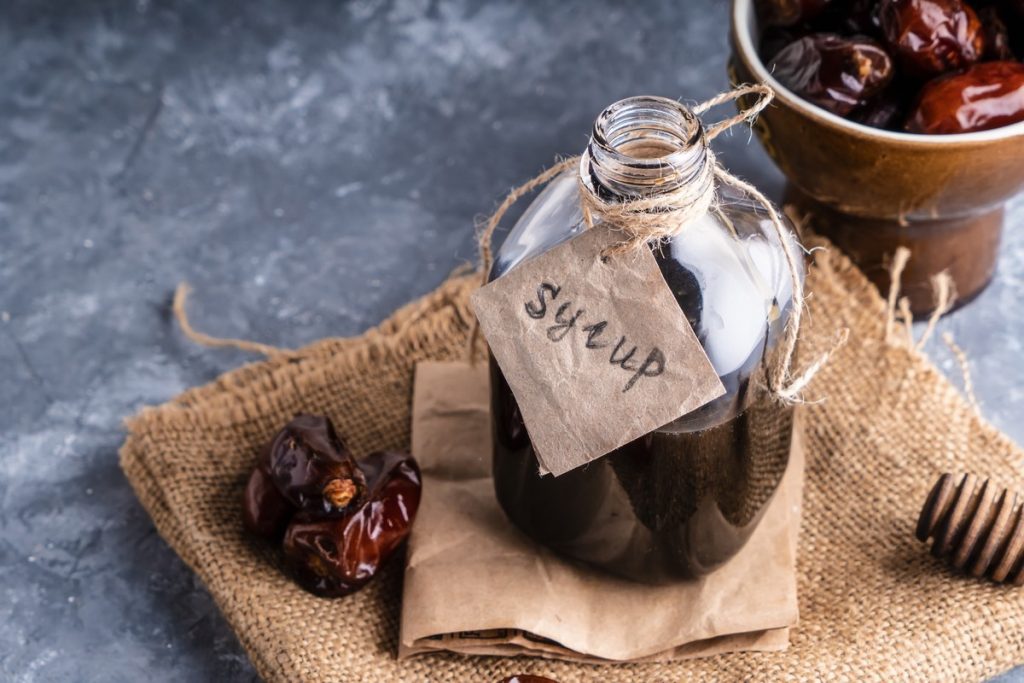
Other vegetable syrups and vegan honeys
Maple and agave syrup are the top, but there are many other vegan alternatives on the market today: there is, for example, date syrup, a rather thick and dark-coloured natural sweetener; or malt barley syrup, widespread mainly in the United States and extracted from sprouted barley, with an intense flavour but that's less sweet than white sugar. There is also no shortage of honey substitutes that imitate its flavour, and that are 100% plant-based: they generally contain rice syrup or cane sugar, but in any case they do not involve the work of bees. Leaving aside ethical issues, however, vegetable sweeteners give great satisfaction to anyone: try using them to make snack bars with oats and dried fruit, or homemade granola to eat for breakfast, or to garnish pancakes and crêpes and - why not - glaze carrots or other vegetables in the oven.
by Michela Becchi

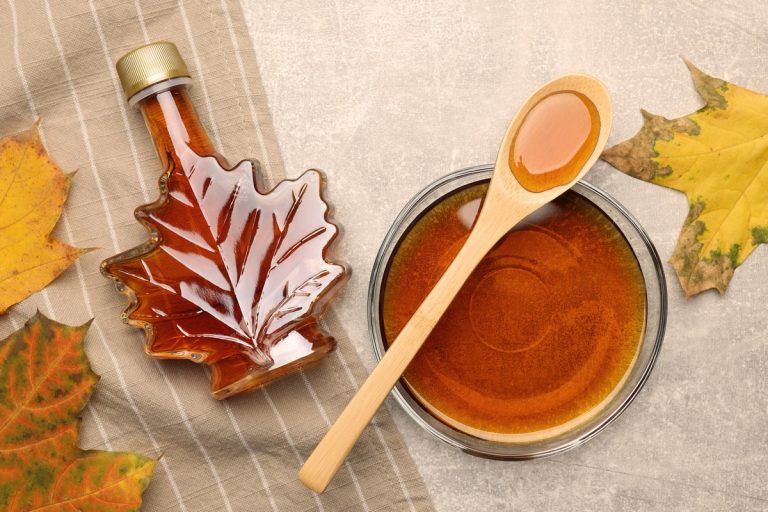
 Eating by the sea in Tuscany. The best beachfront restaurants selected by Gambero Rosso
Eating by the sea in Tuscany. The best beachfront restaurants selected by Gambero Rosso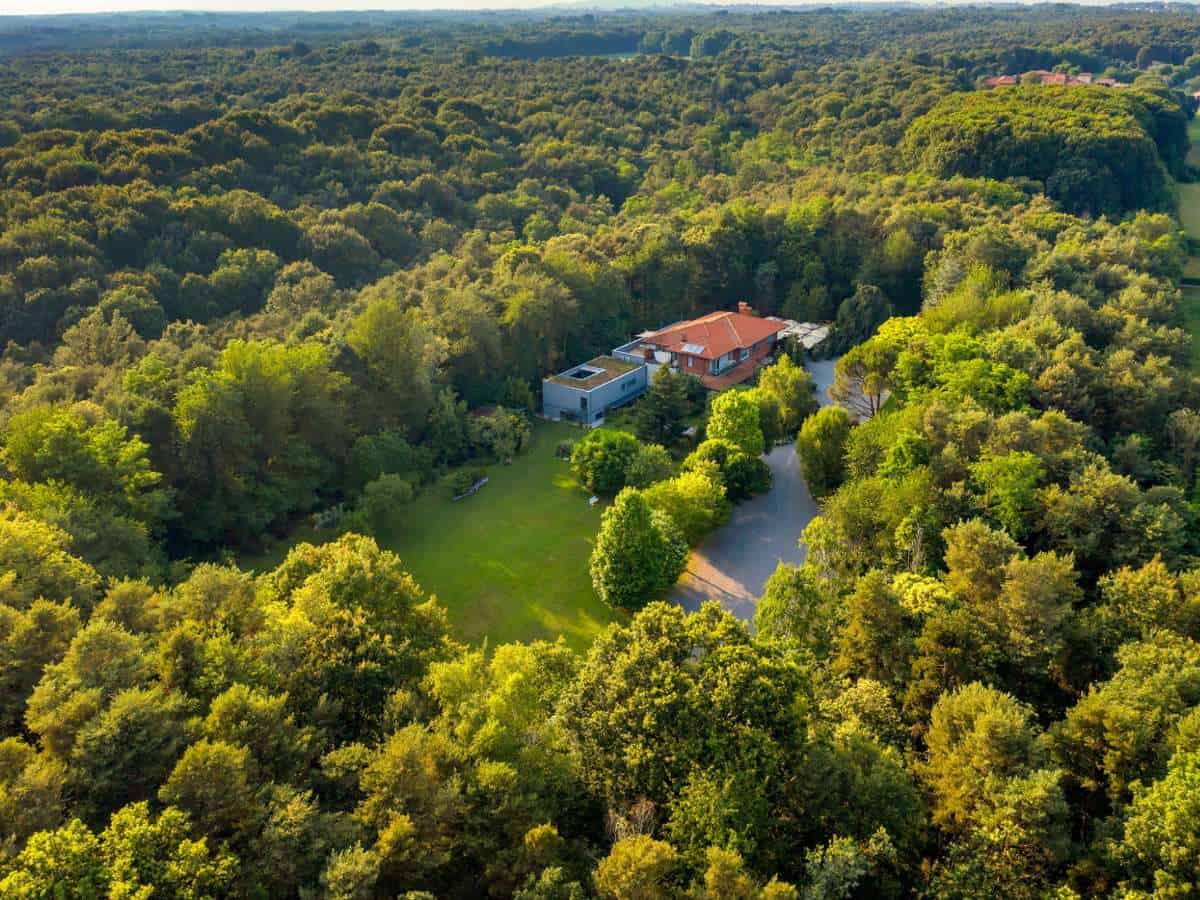 Contemporary cuisine, farmhouses and pinewoods. The hidden restaurant in the nature park near Como
Contemporary cuisine, farmhouses and pinewoods. The hidden restaurant in the nature park near Como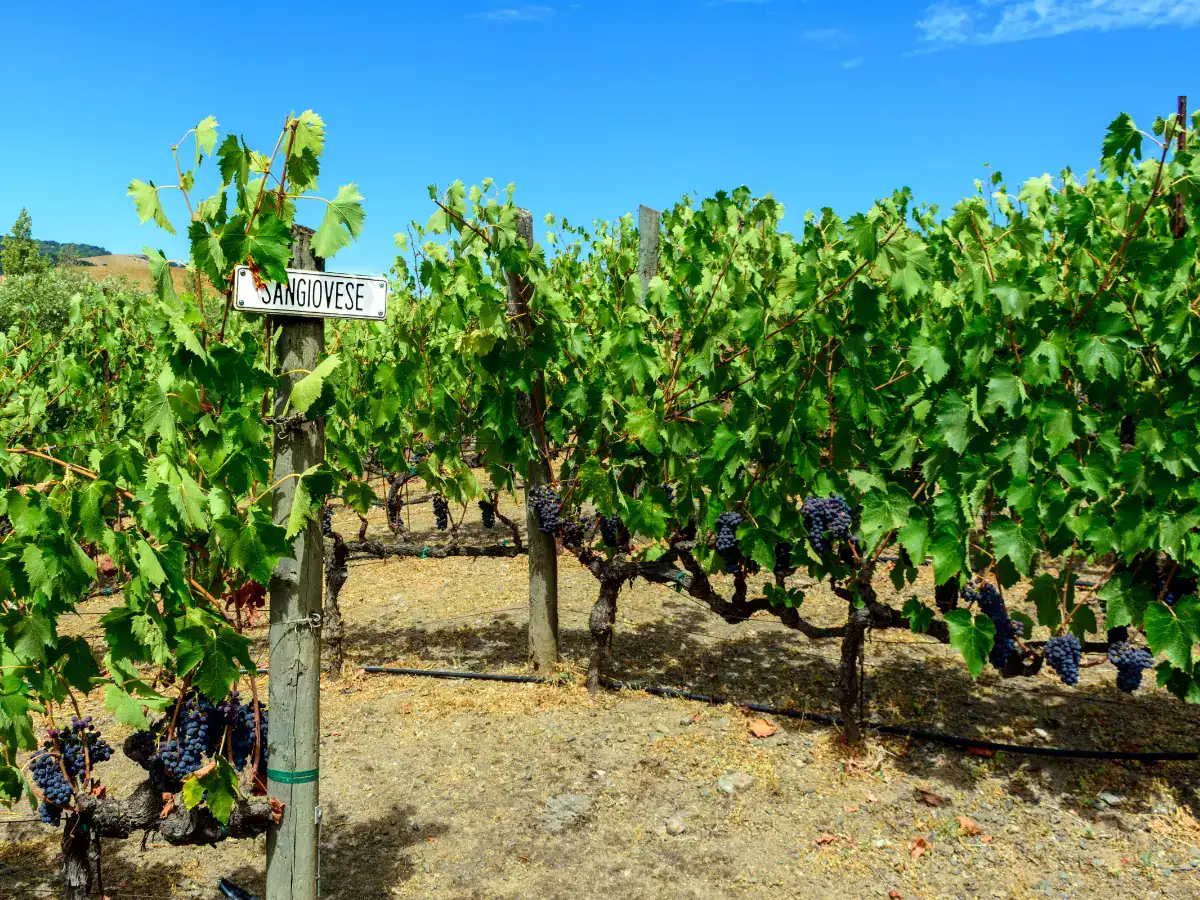 California rediscovers Sangiovese. A brief history of the revival of a forgotten grape variety in the United States
California rediscovers Sangiovese. A brief history of the revival of a forgotten grape variety in the United States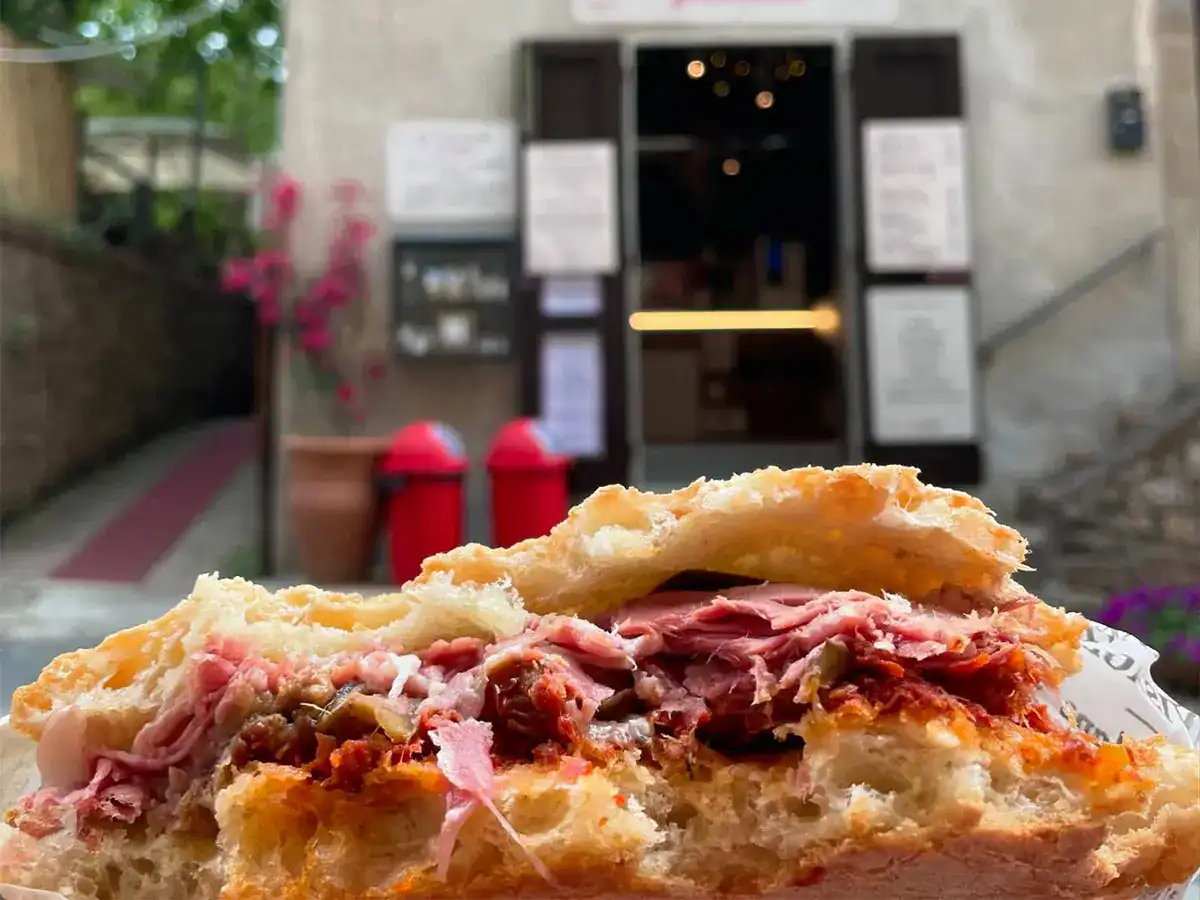 There’s a small shop in Tuscany making incredible stuffed sandwiches and focacce
There’s a small shop in Tuscany making incredible stuffed sandwiches and focacce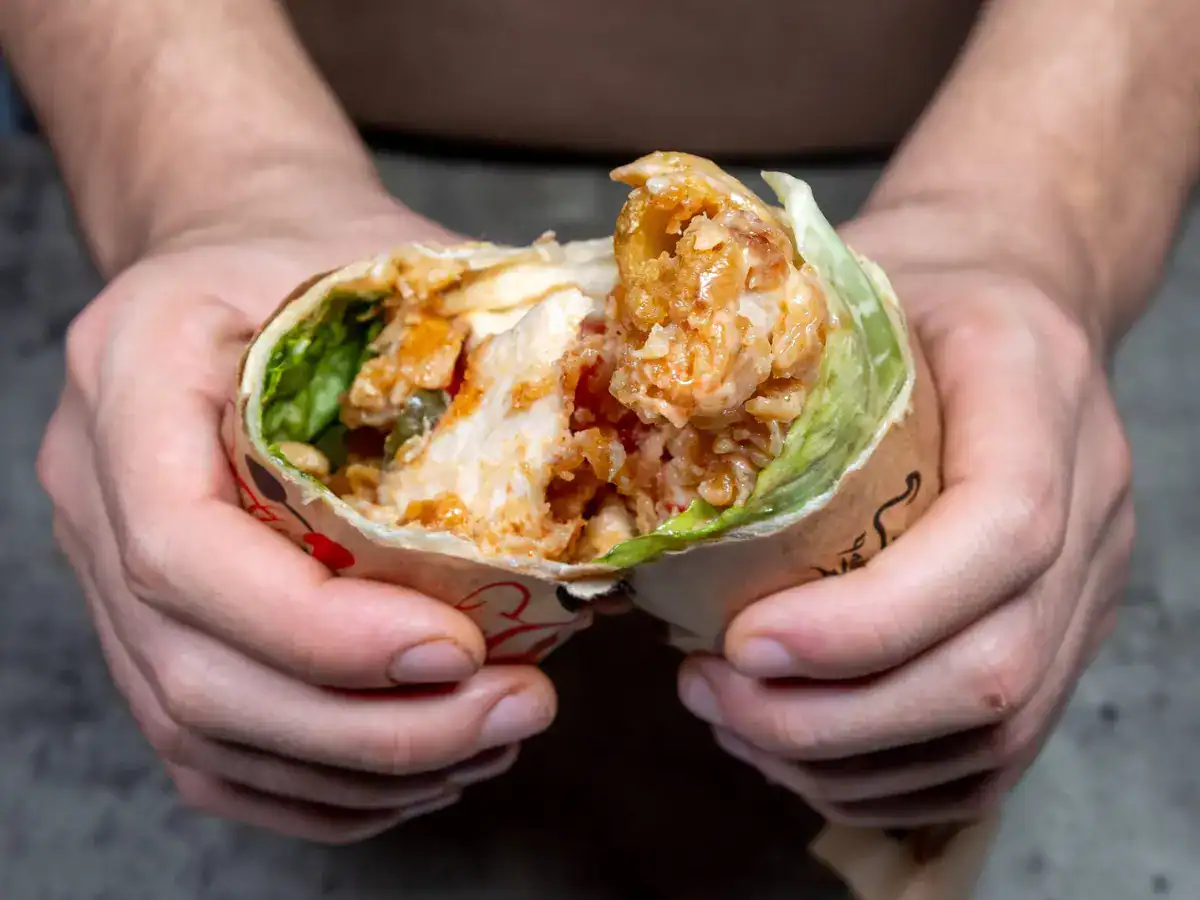 Gourmet maritozzi, Ascolana olives, and suburban pastrami: the unmissable street food of Italy
Gourmet maritozzi, Ascolana olives, and suburban pastrami: the unmissable street food of Italy

